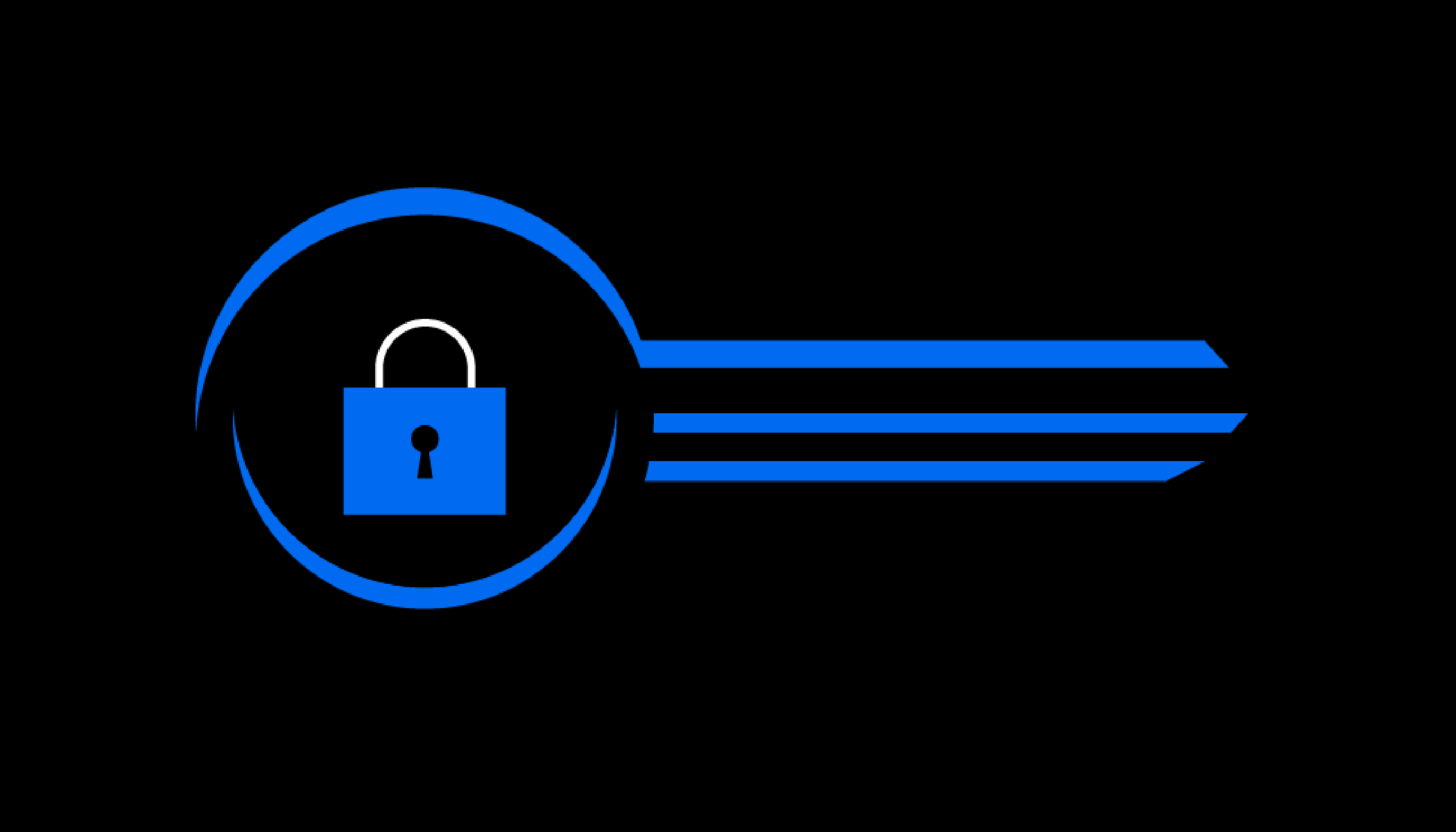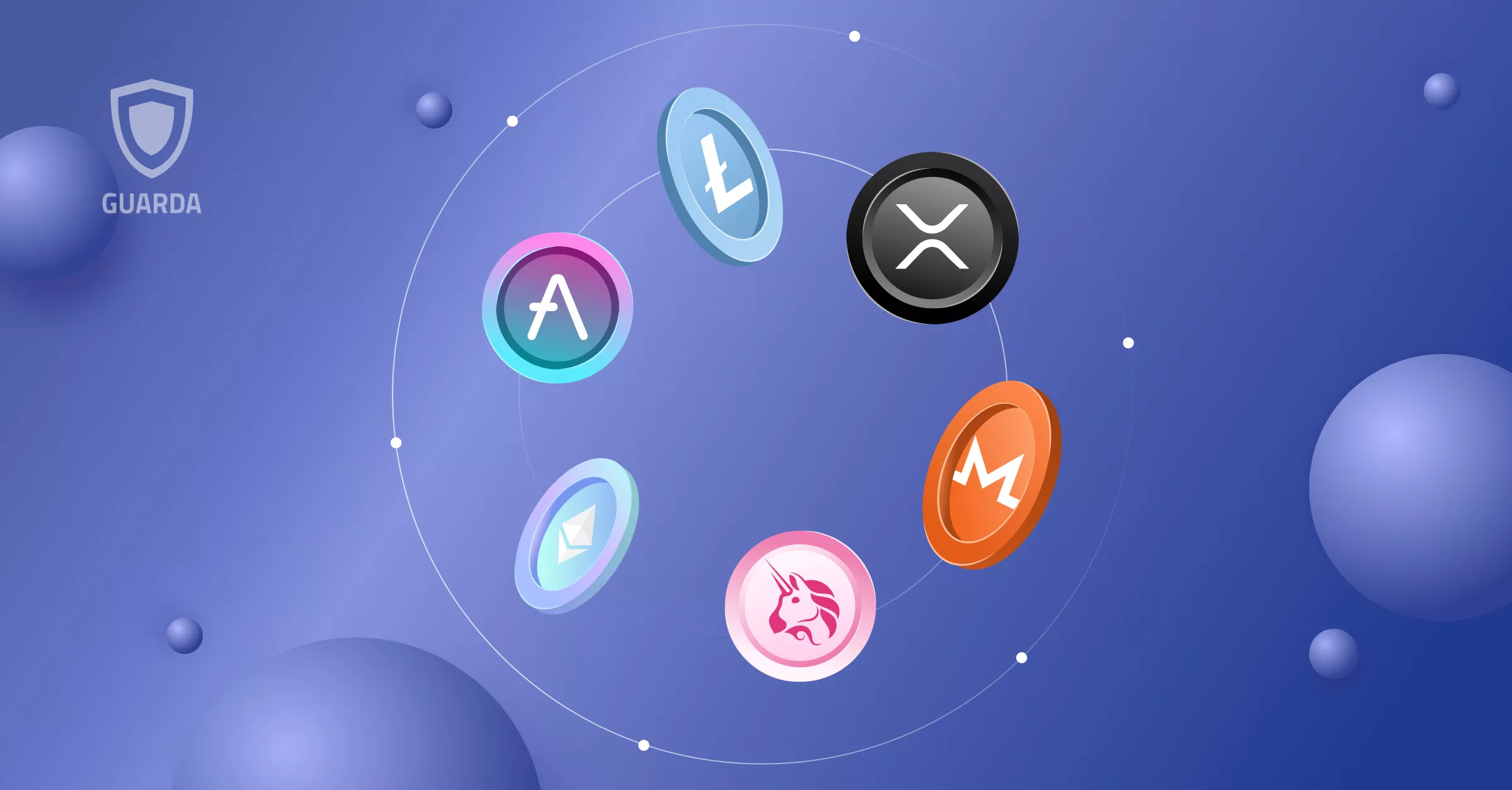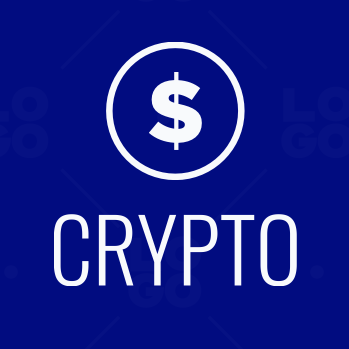3 Short Key Takeaways
- Understanding what an NFT is in 2025–26 means recognizing its role in authenticating digital ownership beyond collectibles.
- NFTs now power art, gaming, identity, and commerce — backed by greener, regulated, and more interoperable technology.
- The NFT revolution is shifting from hype to infrastructure, laying the foundation for a verifiable, user-owned digital future.
What Is an NFT? Understanding Digital Ownership in 2025–26
In 2021, NFTs exploded into mainstream consciousness — million-dollar JPEGs, celebrity drops, and viral art sales. By 2025, the hype has matured into something more substantial. NFTs are no longer just digital collectibles; they represent a new form of digital ownership that’s transforming industries from gaming and real estate to identity and intellectual property.
But as the dust settles, a new question has emerged: What is an NFT in 2025 — and why does it still matter?
In this guide, we’ll break down the meaning, evolution, and impact of NFTs in 2025–26, exploring how they’ve evolved beyond buzzwords into a core pillar of the decentralized internet.
Defining the Modern NFT
NFT stands for Non-Fungible Token, a digital certificate stored on a blockchain that verifies ownership of a unique asset. Unlike cryptocurrencies such as Bitcoin or Ethereum, which are fungible (one unit is interchangeable with another), each NFT is distinct. It’s like a digital deed proving that you own a specific item — whether it’s a piece of art, a music track, or even a plot of virtual land.
In 2025, NFTs have expanded far beyond images and collectibles. They’re now part of a broader ecosystem of digital assets with tangible use cases:
- Art and Media: Artists use NFTs to authenticate works and collect royalties automatically through smart contracts.
- Gaming: Players buy and trade in-game assets — characters, skins, or weapons — as NFTs they truly own.
- Music and Film: Musicians and studios distribute limited digital releases directly to fans, bypassing intermediaries.
- Identity and Credentials: NFTs now verify everything from academic qualifications to membership passes.
Each NFT lives on a blockchain — usually Ethereum, Polygon, or Solana — and can be verified publicly. This transparency makes fraud harder and ownership easier to prove.
The Evolution of NFTs: From Hype to Utility
The NFT boom of 2021–22 was driven by novelty and speculation. People were buying digital art not just for appreciation but as a financial bet. By 2025, the market has undergone a reality check and reinvention.
1. From Collectibles to Infrastructure
NFTs are no longer isolated artworks; they’ve become infrastructure for digital ownership. Major brands, fashion houses, and gaming studios now use NFTs to manage ownership rights, supply chains, and loyalty programs.
For example, global companies issue “phygital NFTs” — digital tokens linked to physical products — letting consumers verify authenticity with a simple blockchain scan.
2. Regulation and Trust
In 2025–26, regulatory clarity has improved dramatically. Countries across North America, Europe, and Asia have issued frameworks for NFT taxation, copyright, and consumer protection. This legal recognition has shifted NFTs from the speculative fringes into mainstream digital commerce.
3. Sustainability and Efficiency
Early criticisms of NFTs centered on their environmental impact. Today, most NFT platforms use proof-of-stake blockchains, drastically reducing energy use. Ethereum’s full transition to PoS and the rise of efficient networks like Solana and Polygon have made NFTs greener and faster.
The result? NFTs are no longer a trend — they’re a digital standard.
How NFTs Work in Practice
Understanding how NFTs function is key to understanding their lasting value.
Each NFT is created (or “minted”) on a blockchain, using a smart contract — a self-executing piece of code that records ownership details and transfer rules. Once minted, it’s assigned a unique ID that can’t be replicated. This uniqueness gives NFTs their non-fungible quality.
When someone buys an NFT, they’re purchasing a tokenized record of ownership, not necessarily the underlying asset itself. The artwork or media file might still be stored on decentralized storage (like IPFS) or even centralized servers. What’s immutable is the blockchain record proving who owns it.
This system has paved the way for programmable ownership — where creators can embed royalties into the NFT’s smart contract, ensuring they receive a percentage every time their work resells on the secondary market. By 2025, this has become an industry norm rather than an exception.
The Role of NFTs in the 2025–26 Digital Economy
The question isn’t whether NFTs will survive — it’s how deeply they’ll integrate into our daily digital lives. Here’s how NFTs are shaping key sectors:
Art and Creative Economy
In 2025, the art world has embraced NFTs as part of its infrastructure. Major auction houses run hybrid digital galleries, and artists use blockchain to authenticate limited prints or offer “utility NFTs” that grant access to private exhibitions and virtual meetups.
NFTs have democratized art ownership — enabling small collectors to buy fractional shares of high-value works, all tracked transparently on-chain.
Gaming and Metaverse Economies
The gaming industry continues to lead in NFT adoption. Players can buy, sell, and use their in-game assets across multiple platforms. In metaverse environments, NFT ownership extends to land, avatars, and digital experiences.
By 2026, interoperable NFTs — usable across different ecosystems — are becoming a reality, supported by open standards like ERC-6551 and cross-chain bridges.
Also read : How to buy your first Cryptocurrency
Brand Engagement and Digital Identity
Brands now use NFTs to build digital loyalty programs, replacing traditional points systems with tokenized rewards. NFTs serve as membership cards, event tickets, and identity badges that verify access to exclusive experiences.
Meanwhile, NFT-based digital IDs are emerging as secure, user-controlled alternatives to traditional logins — giving people ownership over their personal data in the Web3 era.
Challenges Ahead: Value, Ethics, and Education
Despite their growth, NFTs still face challenges.
- Value Volatility: The NFT market remains cyclical, with speculative bubbles and corrections. Long-term value depends on utility, rarity, and creator reputation.
- Copyright Confusion: Questions around intellectual property persist. Who truly “owns” an NFT — the image, the token, or both? Legal systems continue to adapt.
- Public Perception: Many still view NFTs as overpriced digital art. Education is essential to show how they function as ownership tools, not just collectibles.
As 2026 approaches, these challenges are being addressed by better consumer protection, open-source standards, and educational initiatives led by creators and institutions alike.
The Future of NFTs: A New Ownership Layer for the Internet
NFTs are not fading — they’re becoming invisible. Like the underlying code of the internet, NFTs will power countless everyday interactions: verifying identities, tracking assets, proving authenticity, and distributing revenue.
By 2026, NFTs are expected to underpin major industries, from ticketing and real estate to fashion and education. The conversation has shifted from “should NFTs exist?” to “how will NFTs redefine ownership?”
Understanding what an NFT is today means understanding where digital life is headed: a world where individuals own their data, creators control their work, and authenticity is verifiable with a single click.
Conclusion: NFTs in 2025–26 Are About Empowerment, Not Hype
NFTs have evolved from speculative mania into the backbone of a more equitable digital economy. They empower creators, enable trustless transactions, and redefine ownership for a generation living online.
Whether you’re an artist, investor, gamer, or brand, learning what an NFT is — and how it functions — isn’t just useful; it’s becoming essential.
In 2025 and 2026, NFTs aren’t just digital tokens; they’re the architecture of digital trust.




